Challenge
Imagine how the future of higher education will look like in 2037 and develop a product service system in the context imagined.
Solution
wedesign4 is a project born from the collaboration between Universities of Design and Architecture, distributed throughout the territory, to face the growing number of natural disasters. The service-system is developed through an open source platform that offers easy to assemble products designed to respond effectively during emergency situations.
My role
During the research and concept phases, we collaborated closely to shape our vision. In the realization phase, I concentrated on the digital aspects by prototyping the mobile platform in Figma and developing the brand identity.
2021
Politecnico di Milano
topic
Service innovation,
Service design, UX/UI
with
Z. Ackali, A. Bruno,
A. Fuga, N. Wang

Higher education takes the lead
The platform collaborates exclusively with higher education institutions to offer design courses focused on addressing emerging challenges related to natural disasters.
Design skills matters
Students are equipped with the tools and knowledge to meet these standards, empowering them to design for impact and address real-world challenges with creativity and confidence.

UX research
We conducted empathetic interviews with earthquake survivors, exploring their memories, current struggles, and hopes for the future to uncover deep insights and unspoken challenges.

Service maps

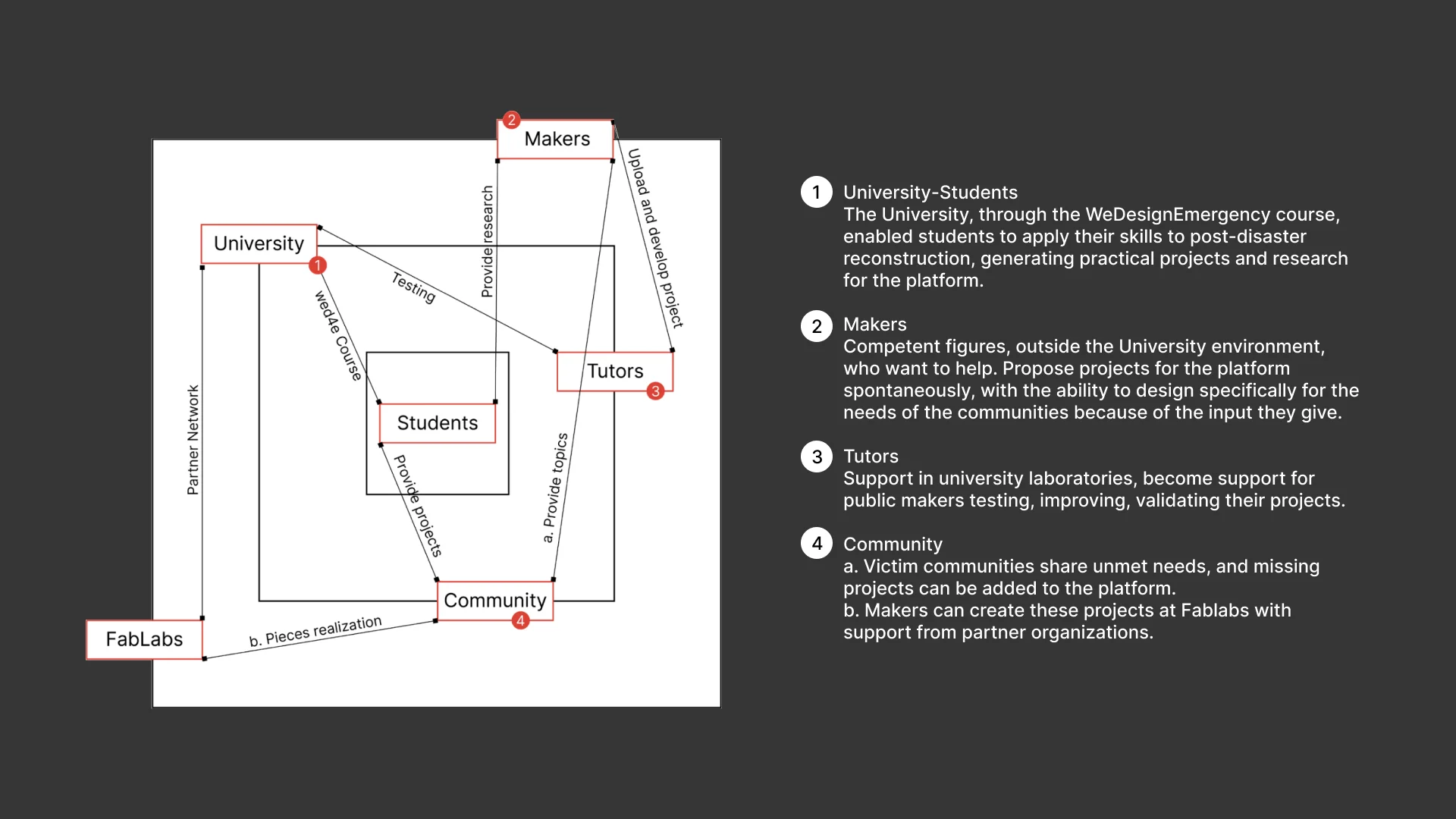
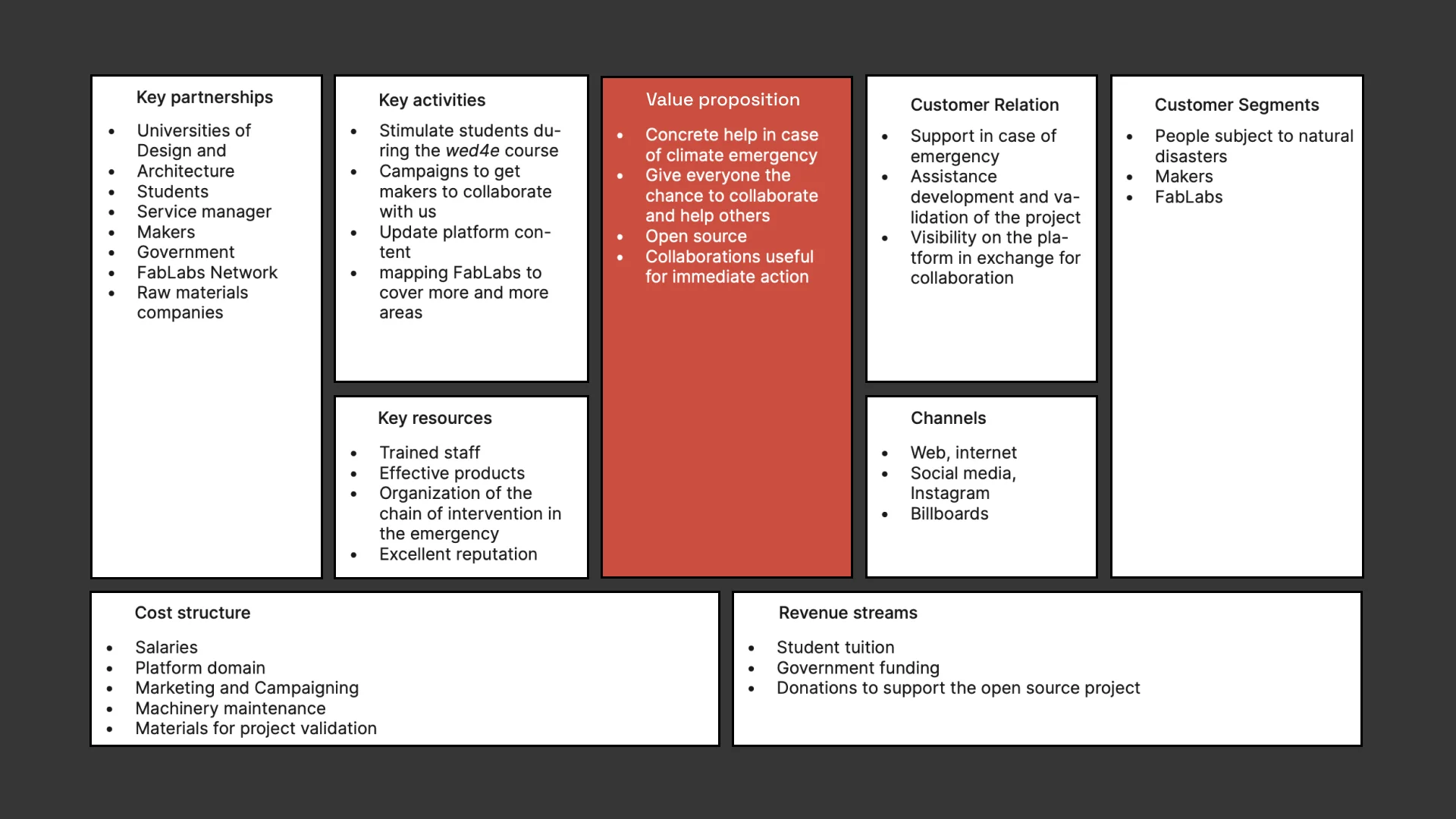
Brainstorm and prototyping
We started by brainstorming the future of education in 2037, then explored and shaped our vision. This led to a detailed scenario and three MVP prototypes representing our concept for future learning.

A product example: The twist bench.
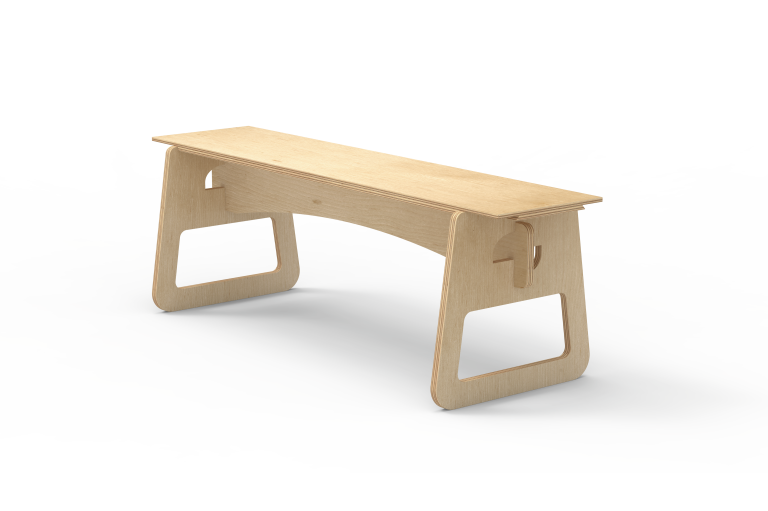

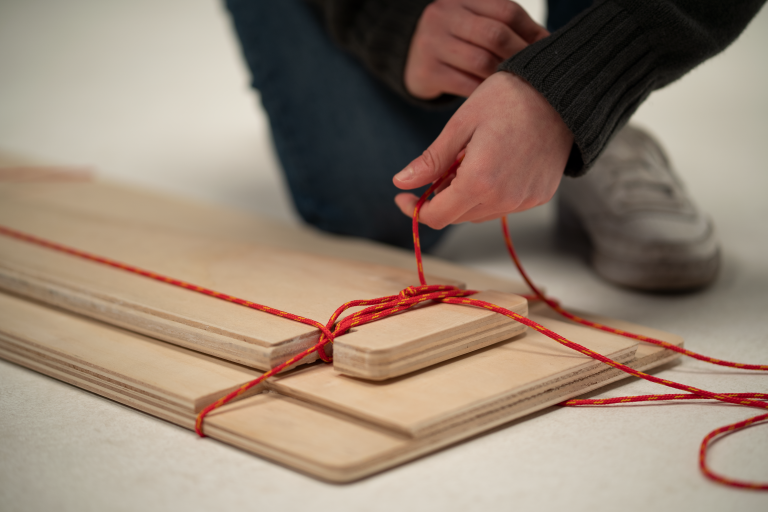
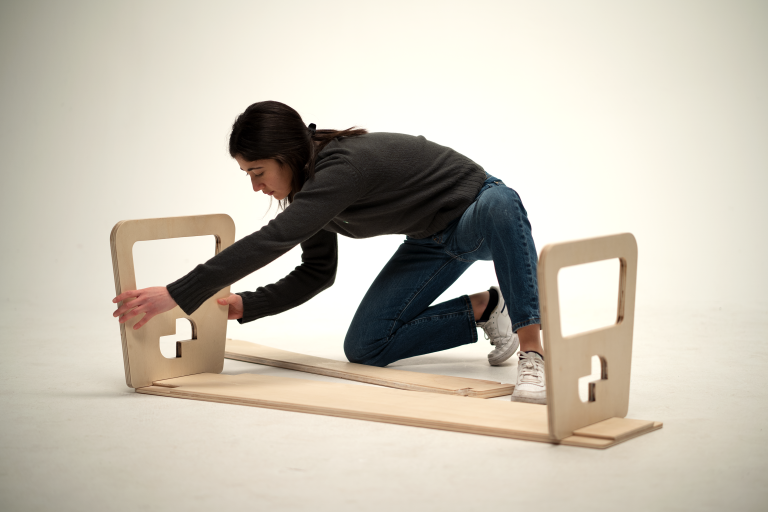
Looking for more?
Have a look at the project’s book.
